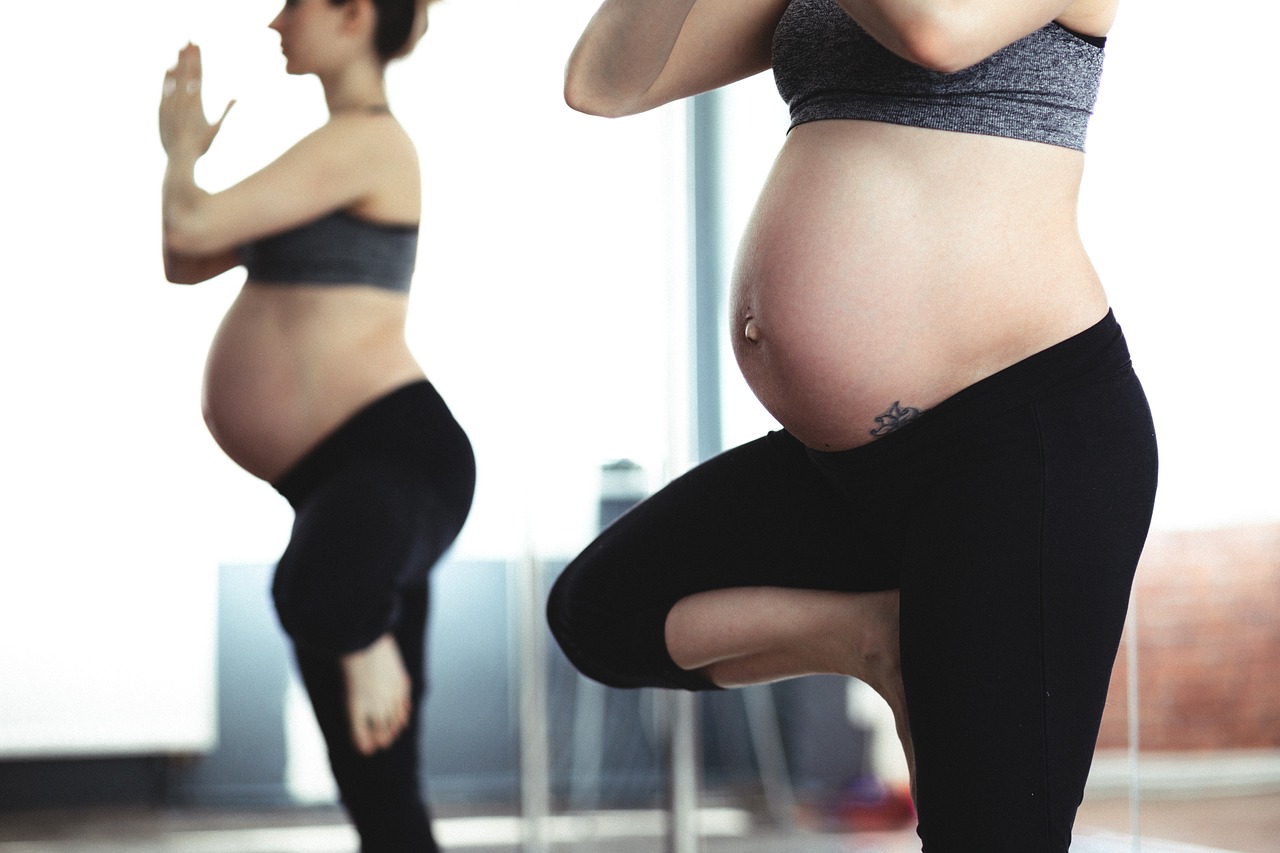

What is Diastasis Recti?
Diastasis recti is a widespread affliction among expectant mothers. It transpires when the abdominal muscles split, resulting in a protrusion in the center of the belly. This bulge is commonly referred to as a “pooch” or “mummy tummy.”
The root of diastasis recti lies in several sources. The expanding uterus, alterations in hormones, and hereditary predisposition are among the many contributing factors. While it may not pose any dangerous repercussions, it can lead to unease and a negative impact on a woman’s self-perception.
Symptoms of Diastasis Recti
A noticeable protrusion down the center of the belly is the most recognizable symptom of diastasis recti. Those with this condition may also endure abdominal discomfort, difficulties with elimination, and involuntary loss of urine.
Diagnosing Diastasis Recti
In diagnosing diastasis recti, a physical examination is necessary. A doctor shall assess the extent of separation between the abdominal muscles and determine the severity of the condition.
Preventing Diastasis Recti
For women, during pregnancy, maintaining good posture and engaging in regular exercise can be of great help in preventing the development of diastasis recti. For those who have a history of the condition or have had multiple pregnancies, extra precautions may be necessary to guard against this abdominal separation.
Ladies, take heed. When it comes to preventing diastasis recti, it’s best to steer clear of exercises that put a great deal of pressure on your abdominal muscles, such as weightlifting and crunches. Instead, concentrate on exercises that strengthen the core, like pelvic tilts and planks.
Treating Diastasis Recti
If one develops diastasis recti during pregnancy, various treatments exist, including physical therapy, exercises, and the utilization of abdominal support garments.
In the most severe of cases, surgical intervention may be deemed necessary. However, let it be known, that it is but a final resort, and not always a guarantee of success.
Postpartum Care
Ladies, heed this advice. If you’ve had diastasis recti during pregnancy, it’s crucial to properly care for your abdominal muscles after giving birth. This may involve carrying on with physical therapy, wearing supportive garments for the abs, and abstaining from exercises that put excessive pressure on the muscles.
Ladies, be patient. The road to recovery from diastasis recti requires time for the abdominal muscles to heal properly. This may take a few weeks or even several months, all depending on the extent of the condition.
Recovering from Diastasis Recti
Ladies, have no fear. Though diastasis recti may seem overwhelming, with the proper care and attention, you can heal and return to your pre-pregnancy physique. It may require time and patience, but with the right treatment, you’ll regain your confidence and feel like yourself once again.
Similar Conditions
Pregnancy is not the only factor that can lead to diastasis recti. Other reasons for this abdominal separation can include being overweight, the natural progression of aging, and repeating movements like weightlifting.
In cases where diastasis recti is caused by factors other than pregnancy, such as obesity, the aging process, or repetitive motions like weightlifting, the treatment and prevention strategies may resemble those for pregnancy-related diastasis recti. However, it is imperative to seek a physician’s advice to determine the best course of action.
Ladies, in your quest to care for your abdominal muscles, don’t forget about the other important aspects of your health. Nourish your body with a balanced diet, make sure you stay hydrated, and ensure that you’re getting enough restful slumber. All of these will help to aid in your healing and decrease the chance of other health issues arising.
Diastasis recti is a common occurrence for many women during pregnancy. By being informed about its causes, symptoms, and treatments, you can take the necessary steps to prevent and treat abdominal separation. With proper care, you can make a full recovery from diastasis recti and have a strong and healthy core post-pregnancy. It’s important to stay active and follow a balanced diet for overall well-being. Pay attention to your body and seek medical advice if you experience any discomfort or pain. Taking care of yourself is a vital aspect of maintaining good health and wellness. So, if you have any concerns about diastasis recti or other health issues, do not hesitate to reach out to a healthcare professional for guidance and support.